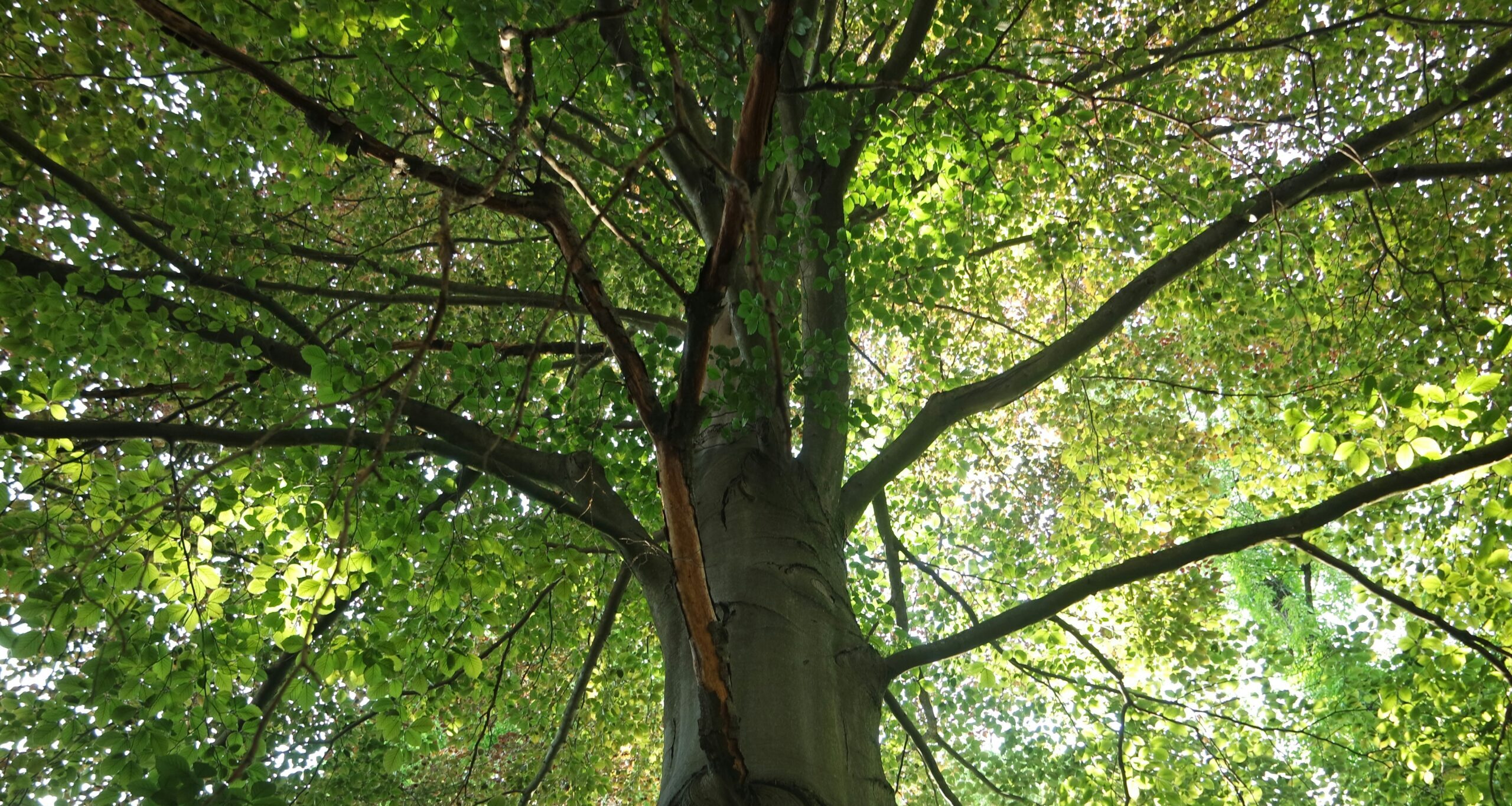Beech forests flowering this spring are expected to drop trillions of seeds later in the autumn — producing a feast both for Aotearoa’s native species and for the predators that eat them.
The Department of Conservation (DOC) says it’s expected to be the biggest beech mast since the ‘mega mast’ of 2019, with seeding most likely in western and southern parts of the South Island. DOC uses climate modelling to predict beech masts a year in advance, and satellite imagery to monitor beech forest flowering across the motu.
Aerial 1080 predator control operations will be focussed in two rounds – later this year before seed falls in autumn and from late 2026, once seed has been eaten or germinated.
The Science Media Centre asked experts to comment on what this season’s beech mast means for national conservation efforts.
Professor James Russell, Faculty of Science, University of Auckland, comments:
“The forecast masting event next year could be an extinction level event for many local populations of our taonga animal species. Even if normally suppressed to low densities, rats and stoats will explode in numbers as what’s known as a ‘trophic fountain’ explodes up the food chain for them to feast upon. The science is very clear on when these masting events will happen and what the negative outcomes for native species are, and so what is required is that we plan and respond appropriately to these pest outbreaks.
“Mast seeding is a cyclical event that continually comes around again. Strategic pest suppression can minimise the impact of masting events but will always feel like plugging holes in a dam of pests about to burst. Across the country Predator Free projects are implementing alternatives to perpetual pest suppression such as pest elimination. With elimination, all breeding pests are removed and so even when a mast event occurs, there is no population to increase. Parts of the country such as South Westland are beginning to achieve pest elimination, with towns such as Franz Josef and Okarito now rat-free. With pest elimination comes orders of magnitude increases in taonga species such as kakariki, kereru and kea.”
Conflict of interest statement: “James is an advisor to Zero Invasive Predators and has received funding from the Department of Conservation and Predator Free 2050 Ltd.”
Dr Graeme Elliott, Principal Science Advisor, Department of Conservation, comments:
“Beech trees flower in response to climate triggers, and using climate modelling we predict that there will be significant flowering in beech forests in the western South Island, from Kahurangi to Fiordland, this spring. Flowering occurs between October and December and seed fall starts in February. This will be the biggest South Island mast in seven years but not as big as the ‘mega mast’ of 2019.
“The abundant seeds provide food for mice and rats, which will breed during the winter of 2026 and become very abundant. With lots of rodents to eat, stoats will have a good breeding year, and large numbers of young stoats will emerge from dens in the summer of 2026-27. The explosion in predator numbers will lead to high rates of predation of native birds, bats and other wildlife especially when the seed runs out.
“In response to this beech mast, the Department of Conservation is planning to aerially apply 1080 baits to about 650,000ha of beech forest on public conservation land over the next few months with the aim of suppressing rodent and stoat populations to undetectable levels before they can rise. Another round of aerial 1080 operations will occur in the summer of 2026 and 2027 as needed, after beech seed has germinated, to prevent rodents and stoats inflicting serious damage on native wildlife populations.”
No conflicts of interest.
Professor Jacqueline Beggs, Director of the University of Auckland Centre for Climate, Biodiversity and Society, comments:
“A mega beech mast is both a blessing and a curse for New Zealand’s forests. The heavy seeding provides a food bonanza for many native birds, triggering breeding in species such as kākā and kākāriki.
“Unfortunately, it also fuels population explosions of introduced mammals. Mice and rats rapidly increase in number, followed by stoats that prey on both rodents and native birds. Without timely predator control, these irruptions can devastate vulnerable wildlife.
“While masts are natural and vital for forest regeneration, they highlight the urgent need for sustained, large-scale management of introduced predators across Aotearoa’s forests.”
Conflict of interest statement: “I chair DOC’s kākāpo recovery group.”
Professor Kevin Burns, School of Biological Sciences, Victoria University of Wellington, comments:
“Relationships between beech seeds and native animals aren’t exactly straightforward. Mast seeding events can be great for many of our native birds, especially ones that eat seeds, at least initially… But elevated seed resources also lead to increases in introduced rodents, some of which predate native birds. So, increases in the abundance of native birds can be offset by losses to omnivorous rodents, most notably rats.
“Unfortunately, this is just the tip of the conservation iceberg – the cascading effects of beech mast on introduced carnivores such as stoats can have even greater effects on native birds. Introduced carnivore populations boom hand-in-hand with populations of their preferred prey, rodents. And as rodent populations decline due to predation and waning seed numbers, introduced carnivores shift their hungry attentions to native birds.
“So, despite initial population gains, beech mast can ultimately be detrimental to native animals due to cascading effects of introduced mammals. Biologists call this a ‘bottom-up trophic cascade’.”
No conflicts of interest.
